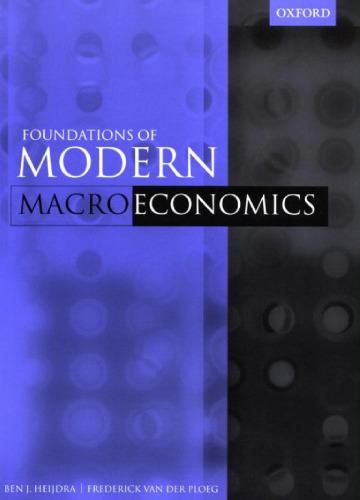The key thing to note is that own and foreign fiscal policy affect have the same output
Question:
The key thing to note is that own and foreign fiscal policy affect have the same output effects in both countries.
Monetary policy in the domestic country, on the other hand, does not benefit but harm the foreign country. This is illustrated with the aid of Figure 11.10. The increase in the domestic money stock shifts the domestic goods market equilibrium locus from GMEN(mo) to GME N (ml ) and the LM(AS) curve from LM(AS N)0 to LM(ASN)i . There is downward pressure on domestic interest rates, and the capital outflows lead to a depreciation of the currency. This shifts domestic demand towards domestically produced goods and away from foreign goods. Also, foreigners shift towards goods produced in the domestic economy. In view of (11.49), the foreign price level falls and consequently the real producer wage rises. This explains the fall in output and employment in the foreign country. For obvious reasons monetary policy is referred to as a beggar-thy-neighbour policy: the domestic economy is stimulated at the expense of the foreign economy.
11.2.2 Real wage rigidity in both countries If both countries experience real wage rigidity, the relevant model is obtained from Table 11.4 by setting X = X* = 1. Again the resulting model is amenable to graphical analysis. Under real wage rigidity, the aggregate supply curves in the two countries are equal to:
y= —coNENw [(Do + wo + (1 — ot)q] , (ASR)
■VENfid
> 0. (11.51) y* = —(0NENw [(Do + led — ( 1 — a)q] .
287 The Foundation of Modern Macroeconomics The goods market equilibrium schedules for the two countries are obtained by equating the respective AS and IS curves and solving for r* in terms of the real exchange rate and the exogenous variables. The subscript "R" is used to indicate that real wages are rigid in the two countries.
r* WNENW [wo + wo] + (EYQ + WNENW)q + EYG [g
(GMER)
EYR r = WNENW [(00 + led - (EYQ WNENW )q EYG [g* rig] (GMER)
EYR
Step by Step Answer:

Foundations Of Modern Macroeconomics
ISBN: 9781264857937
1st Edition
Authors: Ben J. Heijdra, Frederick Van Der Ploeg






